Supporting smart buildings: a detailed look at the KNX protocol

In the field of building automation, where efficiency, comfort and sustainability are paramount, the KNX protocol is a model of innovation. It is a standardized communication protocol that facilitates the seamless integration and control of various building systems, from lighting and HVAC to security and entertainment. What is KNX, how does it work and the various applications in which it is used?
What is the KNX protocol
At the core of the KNX protocol is an internationally recognized standard (ISO/IEC 14543) for home and building control. It provides a common language for devices from different manufacturers to communicate and collaborate within the building ecosystem. This standardization ensures interoperability, enabling diverse devices to work together harmoniously, regardless of their origin.
How KNX works
One of the key features of the KNX protocol is its decentralized topology. Instead of relying on a centralized control system, KNX devices are connected in a bus topology. This means that each device communicates directly with others on the network, eliminating the need for a single point of failure and increasing flexibility and scalability to create a cohesive KNX installation.
Communication between KNX devices is via telegrams, which are standardized messages containing information about a requested action or status update. These telegrams are transmitted over the KNX bus, depending on the implementation, via low-voltage twisted-pair cable or IP network.
The most important element of KNX operation is the addressing scheme. Each KNX device on the bus has a unique address consisting of three parts: a main group, a middle group and a subgroup address. This hierarchical addressing scheme allows precise targeting of devices for control and monitoring purposes.
KNX Building Automation - KNX Applications
The versatility of KNX makes it suitable for a wide range of applications in residential, commercial and industrial buildings. Here are some key areas where KNX is leading the way:
Residential buildings: In modern smart homes, the KNX system enables intelligent control of lighting, heating, cooling and security systems. Occupants can customize settings according to their preferences and schedules, increasing comfort while reducing energy consumption.
Commercial buildings:From office complexes to shopping malls, KNX improves building management by integrating diverse systems such as HVAC, access control and surveillance. This centralized control improves operational efficiency and occupant comfort while optimizing resource utilization. When combined and creating a unified KNX system, there are many modules or protocol converters to create a cohesive system.
Hotels and hospitality: KNX improves guest comfort in hotels by providing intuitive control of in-room amenities such as lighting, temperature and multimedia systems. Hoteliers benefit from energy savings and streamlined operations through centralized monitoring and control.
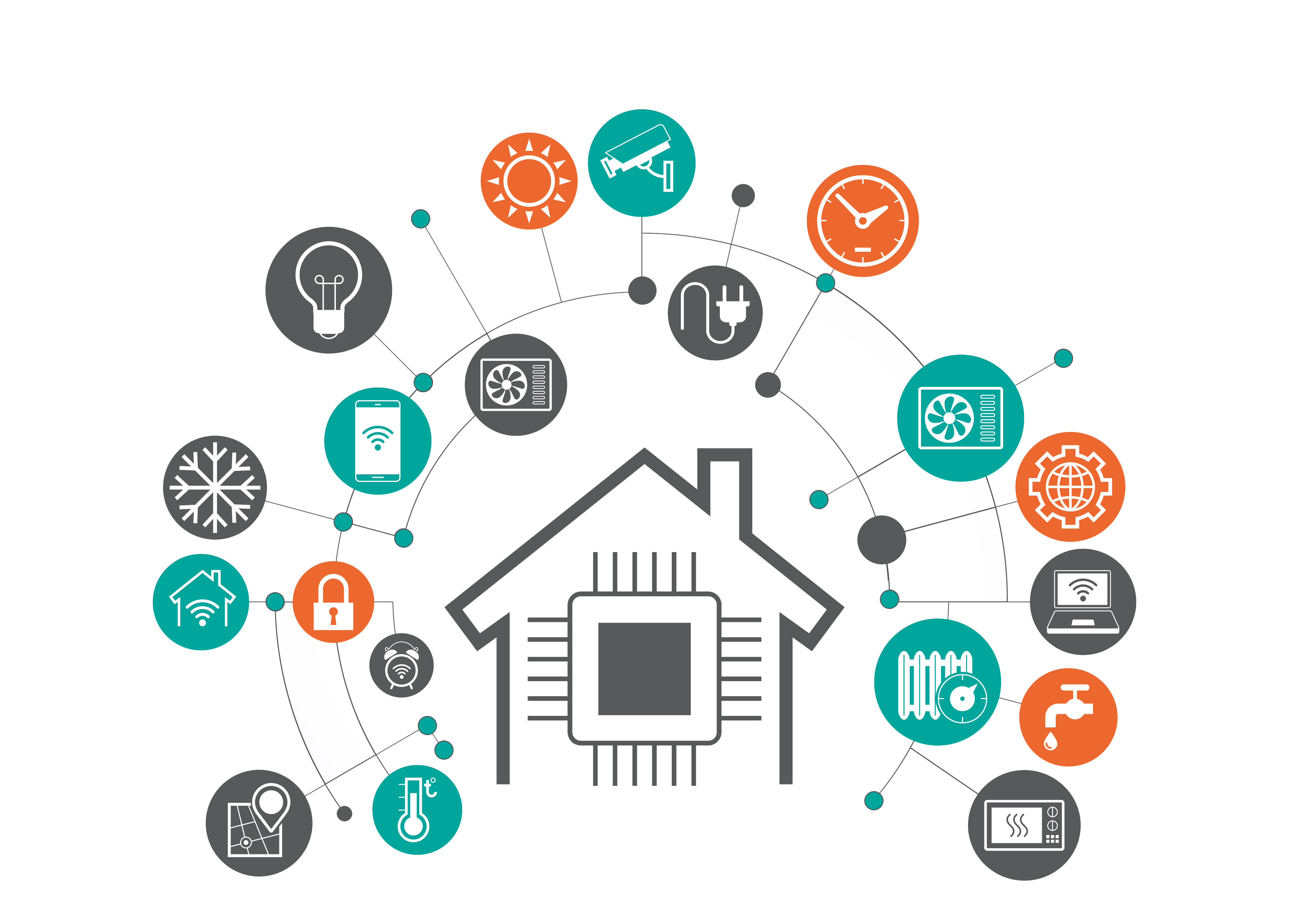
Industrial facilities: In industrial settings, the KNX system facilitates the automation and monitoring of processes, machines and environmental conditions. This enables predictive maintenance, optimized energy consumption and improved safety protocols, leading to increased productivity and savings.
Public infrastructure: the KNX system is used in public buildings, transportation hubs and urban infrastructure projects. By integrating lighting, signage and surveillance systems, KNX helps improve safety, efficiency and sustainability in public spaces.
KNX DALI differences and common features of building automation protocols
KNX (Konnex) and DALI (Digital Addressable Lighting Interface) are communication protocols used in building automation systems often together, particularly within lighting control. Although they serve similar purposes, they operate at different levels of the building infrastructure. As mentioned, KNX is a versatile building control protocol used for various purposes, such as lighting, HVAC, security systems and more. KNX devices can control lighting, dimming and other functions. DALI, on the other hand, is specifically designed for lighting control only. It allows individual control of each lighting fixture, providing functions such as dimming, color control and fixture grouping. DALI is typically used for more detailed control of lighting systems.
While KNX can handle basic lighting control functions, DALI offers more advanced functions tailored specifically to lighting. However, it is common for building automation systems to integrate the two protocols to take advantage of the strengths of each. In such cases, certified industrial DALI to KNX protocols or vice versa are used to connect the two KNX and DALI buses.
How KNX and DALI can work together:
Integration gateway: A device such as the KNX DALI gateway can be used to bridge between KNX and DALI networks. This gateway translates commands between the two protocols, allowing KNX devices to control DALI lighting fixtures and vice versa.
Central control: KNX can serve as a central control system for an entire building, managing not only lighting, but also other systems such as HVAC and security. DALI lighting fixtures can be integrated into KNX via gateways, enabling centralized control and automation of lighting along with other building functions.
Scenes and automation: KNX can coordinate lighting scenes and automation procedures involving both KNX and DALI devices. For example, a KNX controller can trigger lighting scenes involving both KNX-controlled luminaires and DALI luminaires, creating a consistent lighting environment throughout the building.
Feedback and monitoring: KNX can receive feedback from DALI fixtures, allowing it to monitor lighting status and energy consumption. This data can be used for analysis and optimization of building energy consumption.
Generally, the integration of KNX and DALI provides a comprehensive lighting control solution for building automation systems, combining the flexibility of KNX with the advanced lighting capabilities of DALI.
As the demand for smarter and more sustainable buildings continues to grow, the KNX protocol is becoming a cornerstone of building automation. Its standardized approach, decentralized topology and broad compatibility make it the preferred choice for architects, engineers and building owners around the world. By harnessing the power of the KNX protocol, stakeholders can unlock new levels of efficiency, comfort and control in the built environment, paving the way to a more connected and intelligent future.













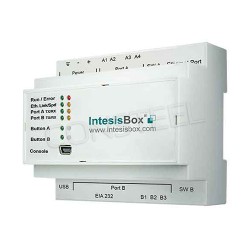
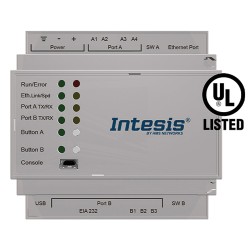














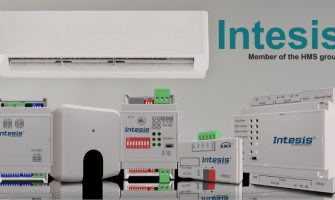
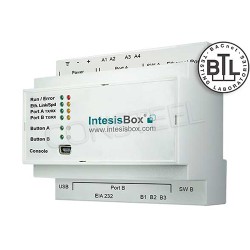
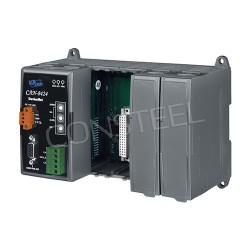
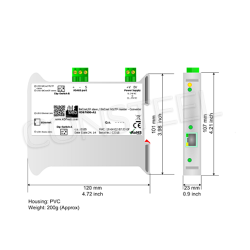
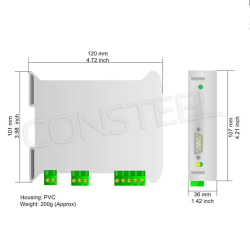
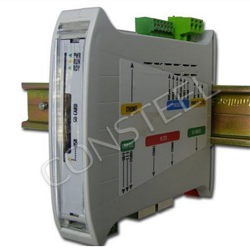
-250x250.jpg)
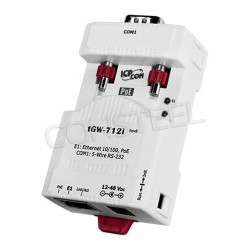
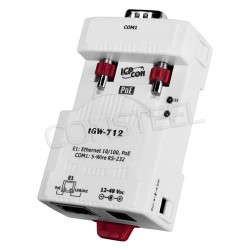
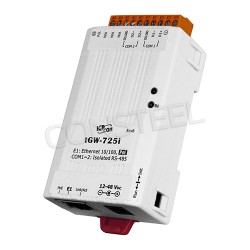
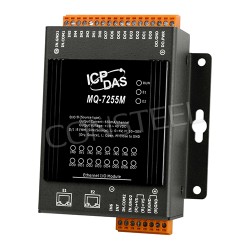
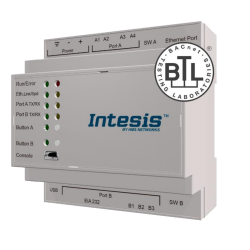
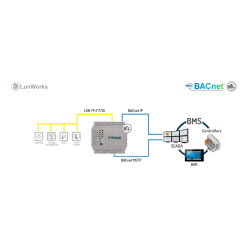
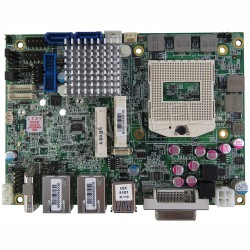
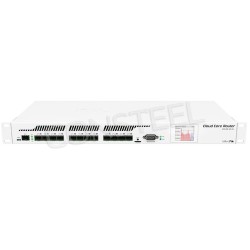

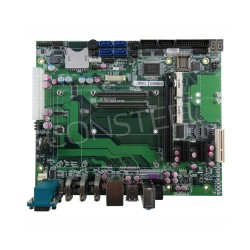
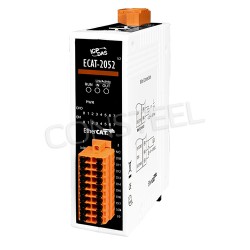
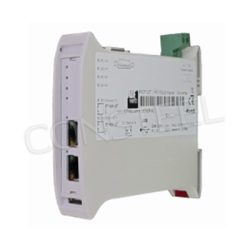
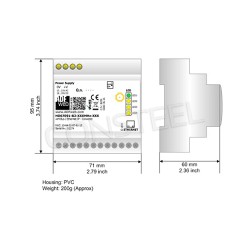
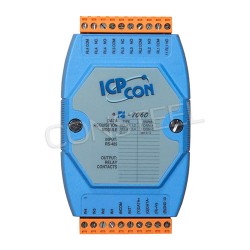

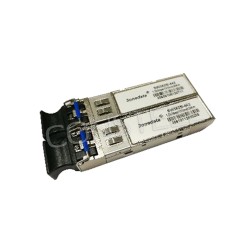
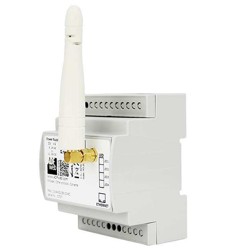
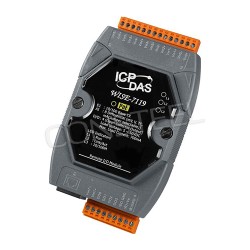
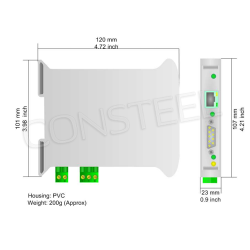
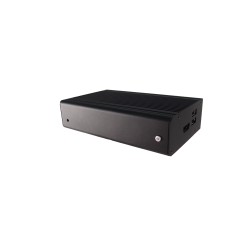
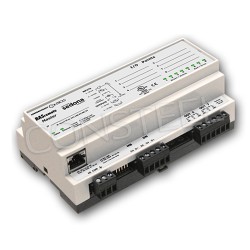

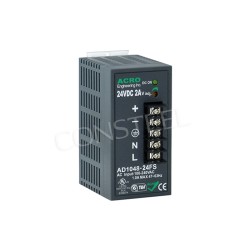
-P-250x250h.png)
-S1-250x250h.png)